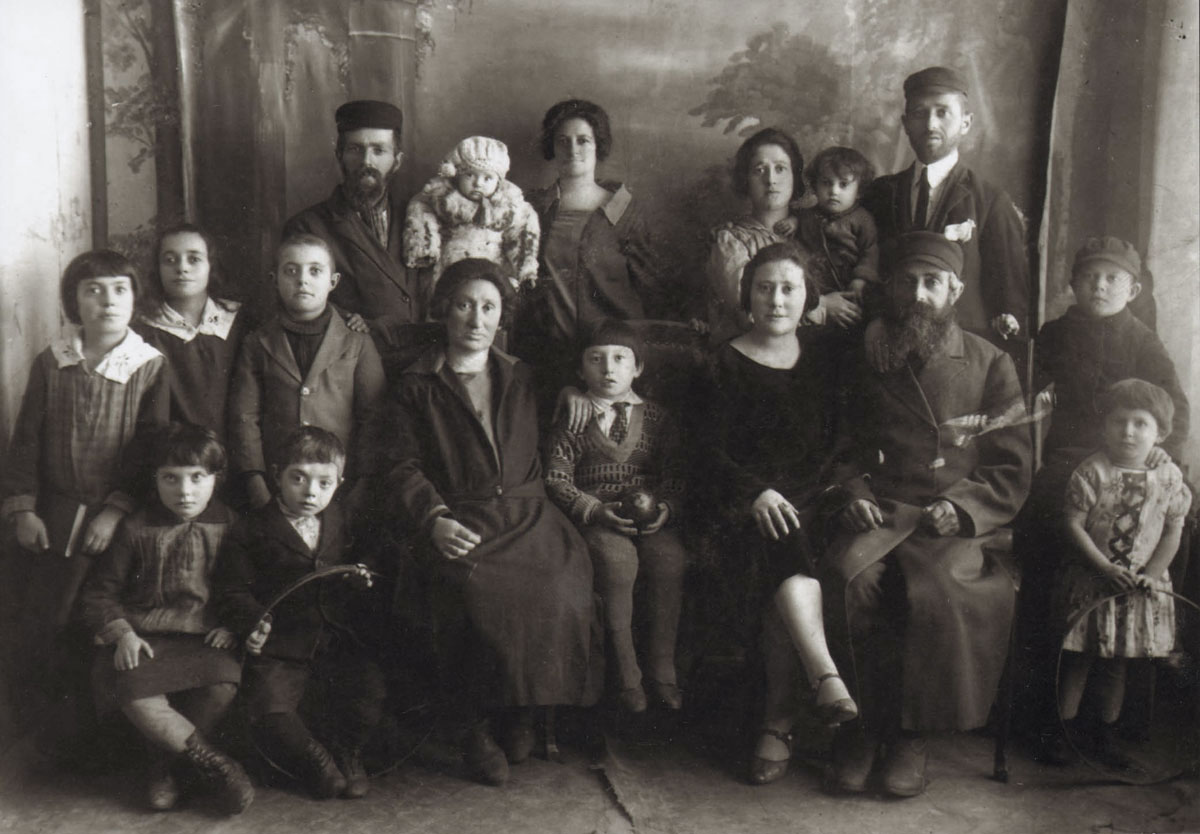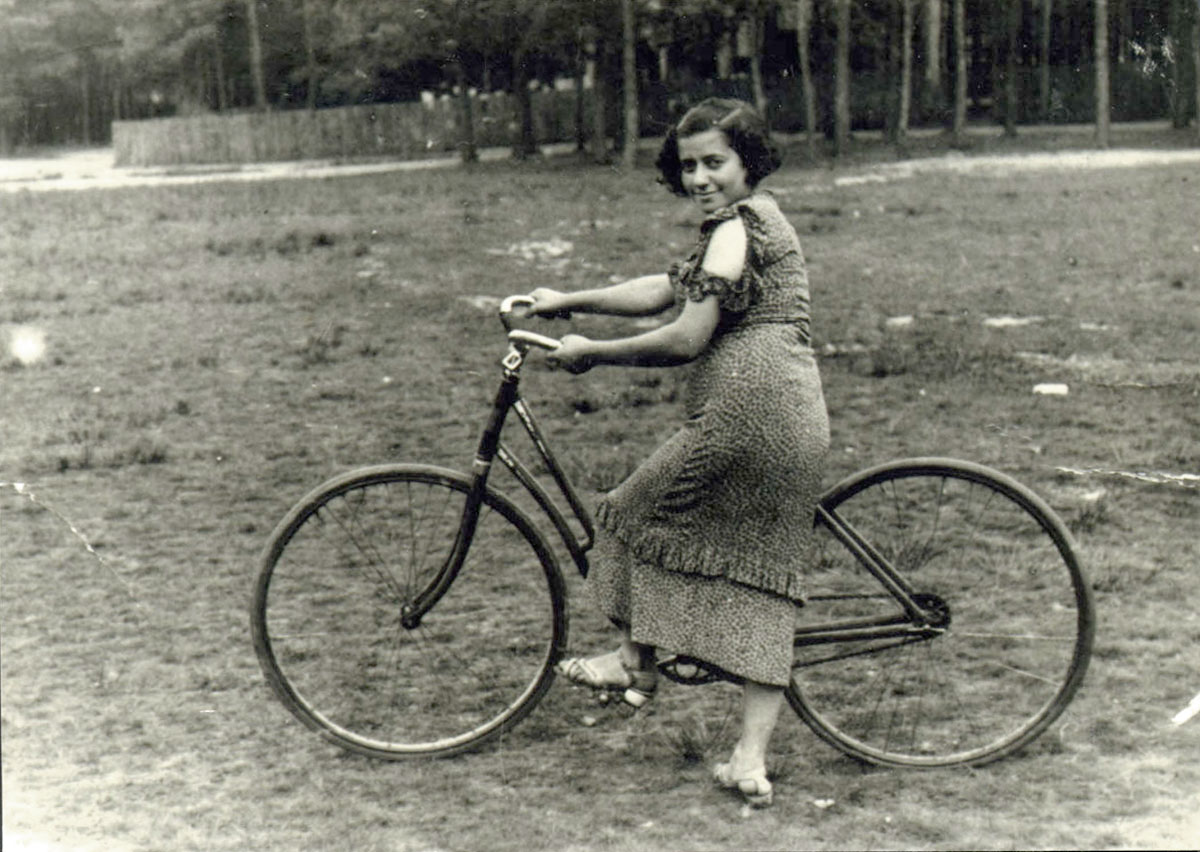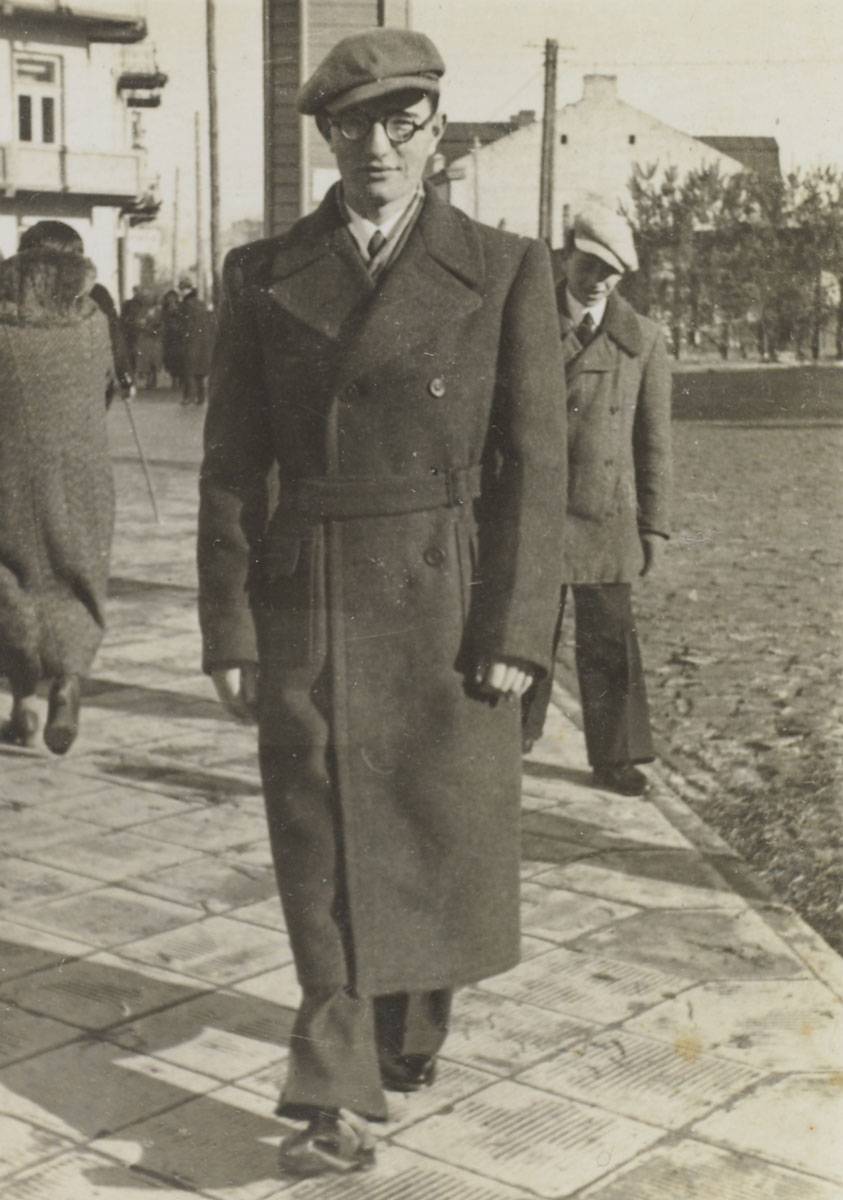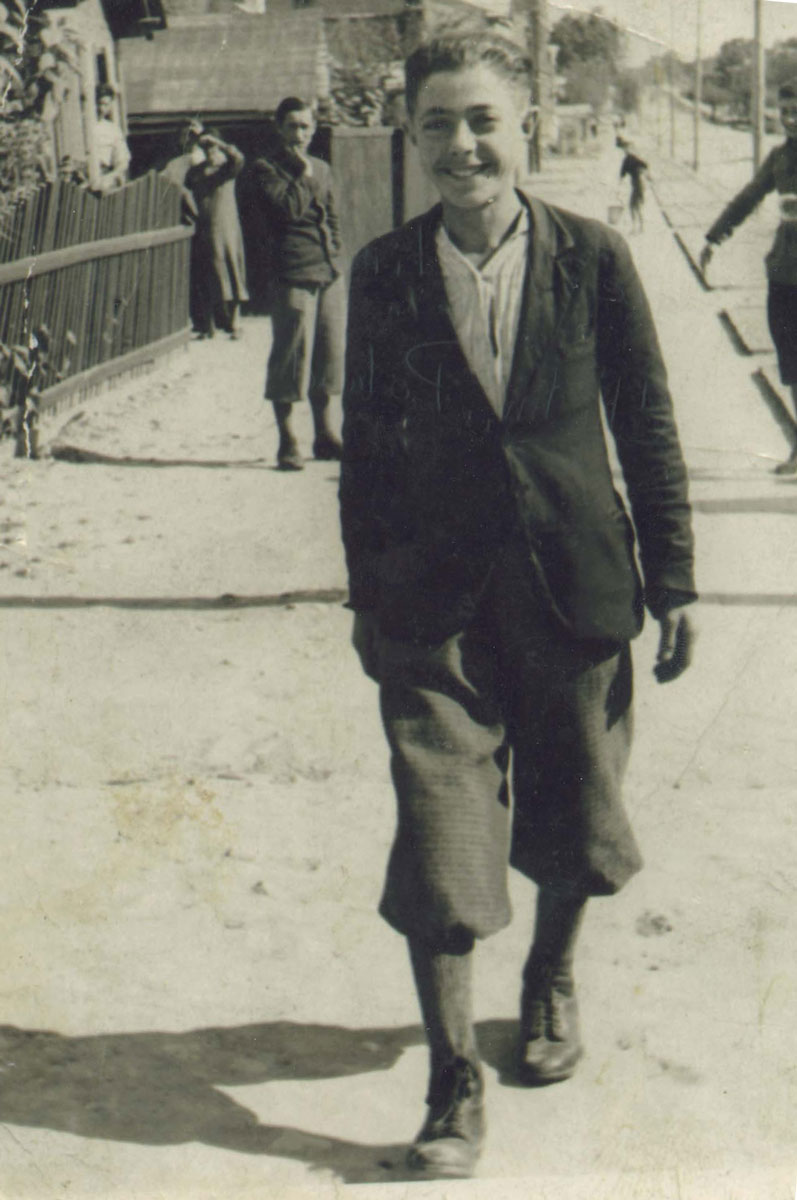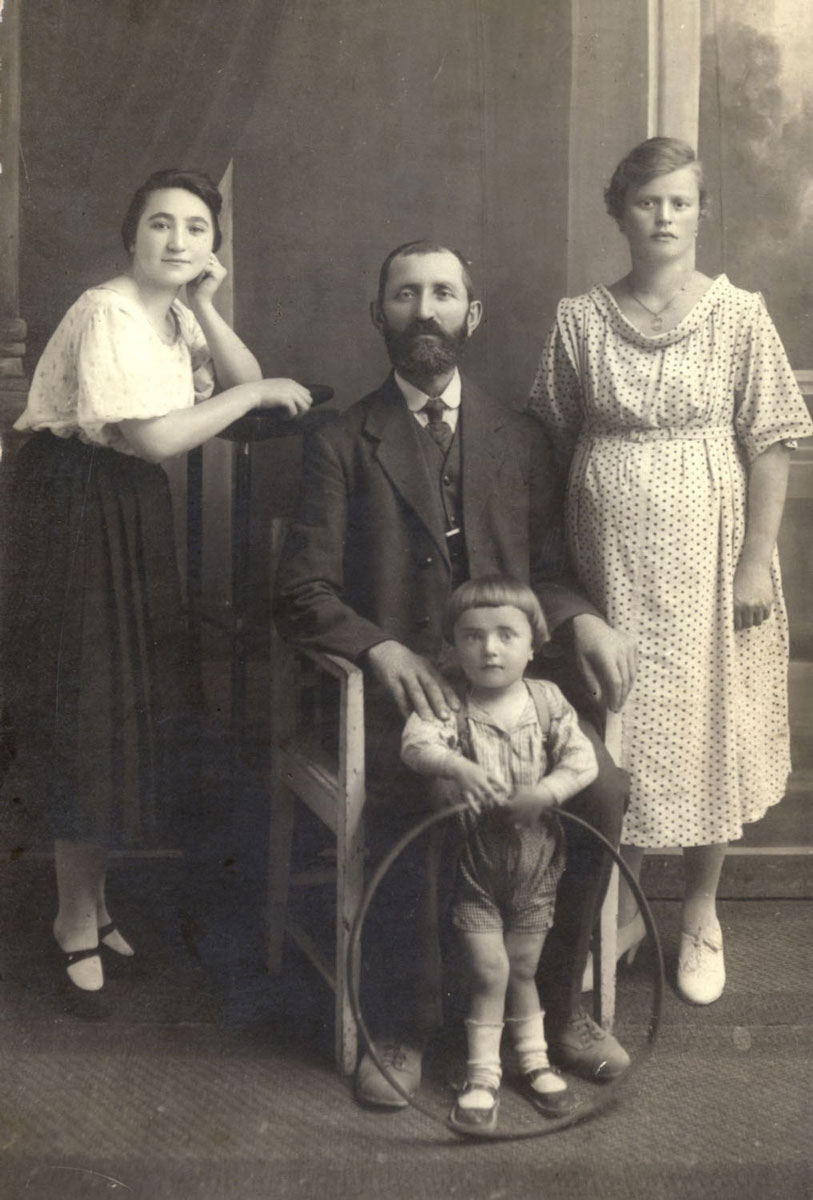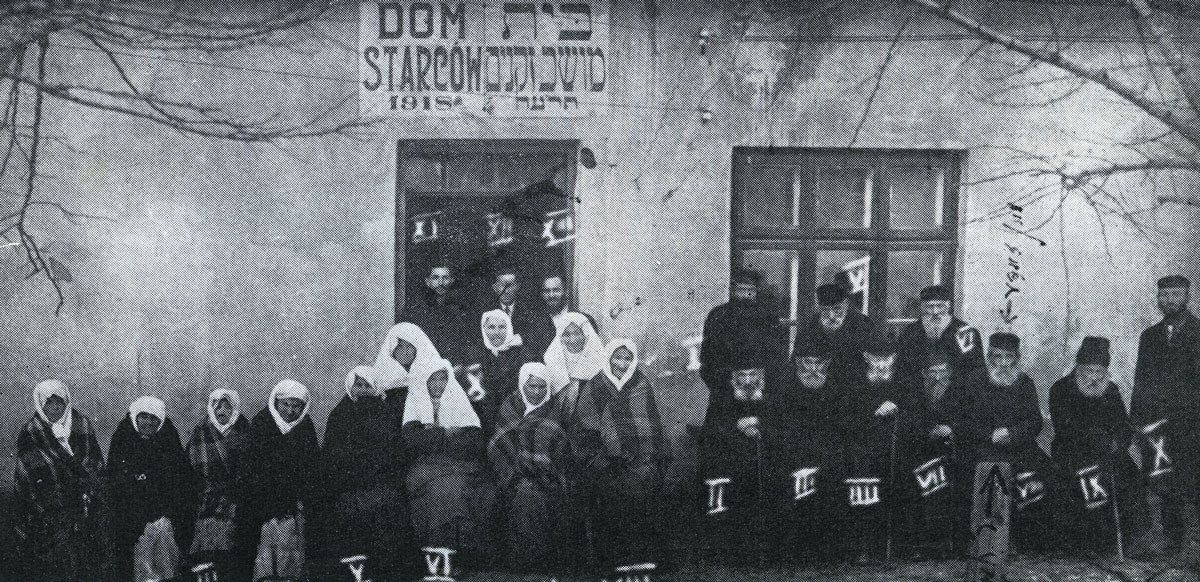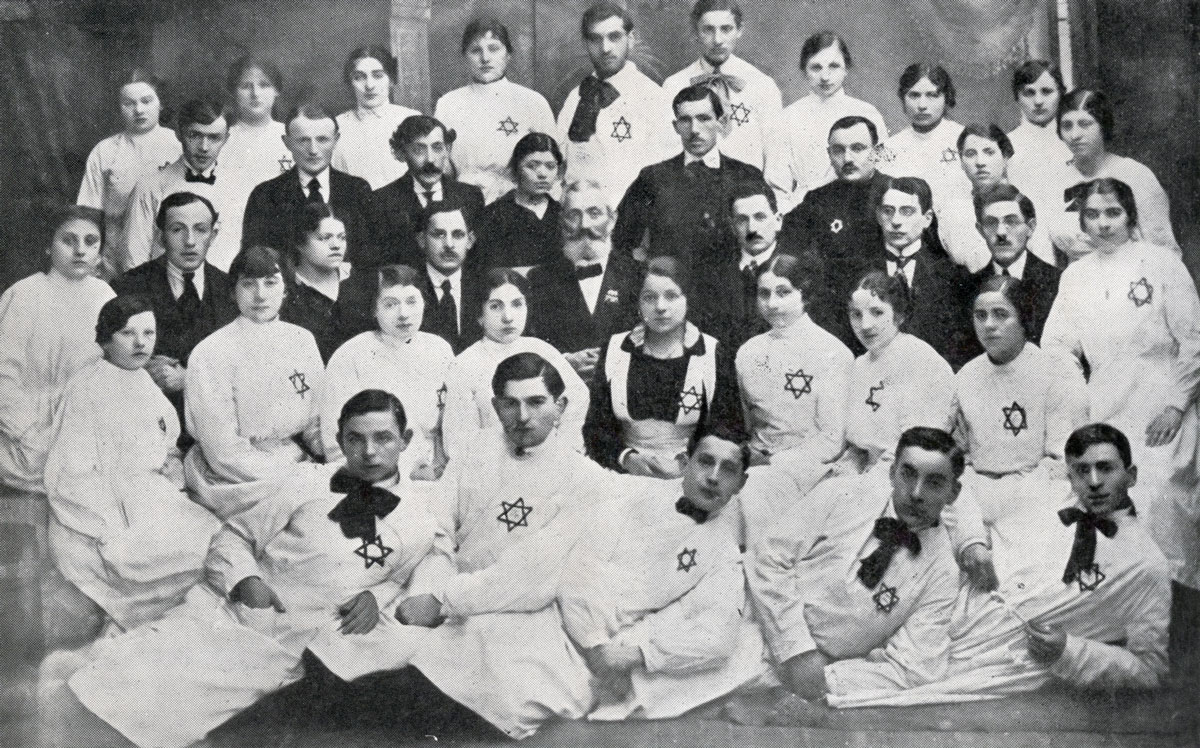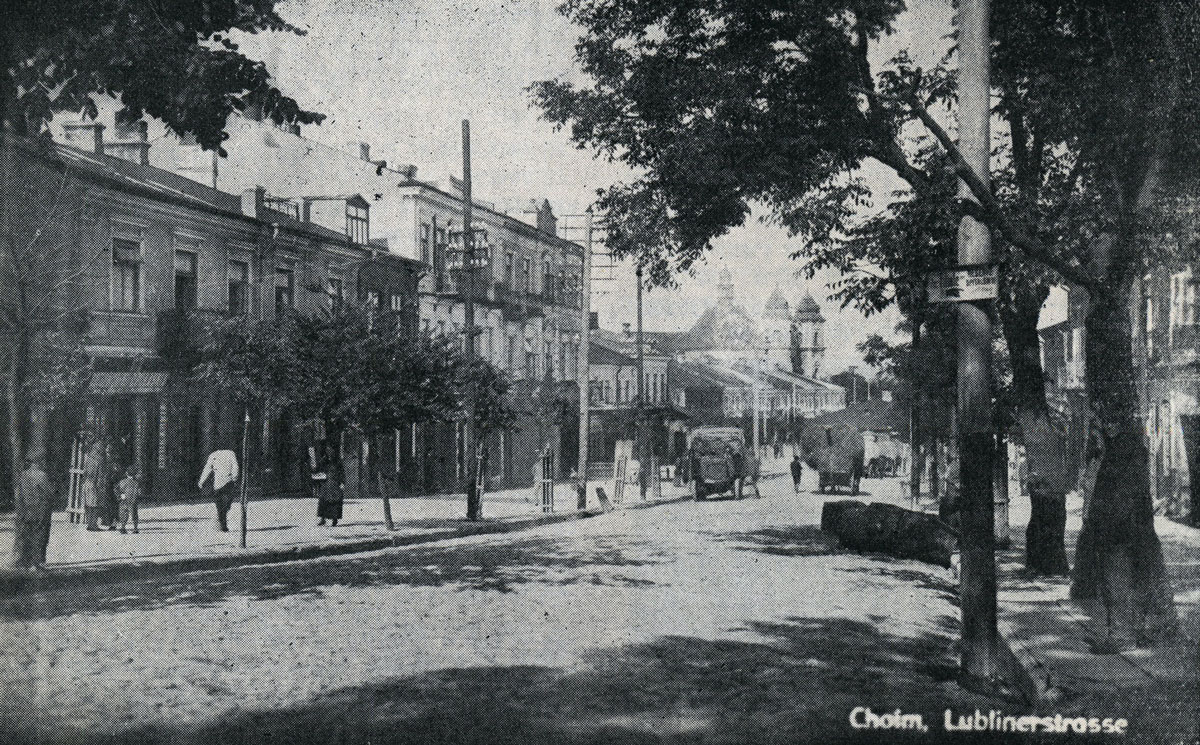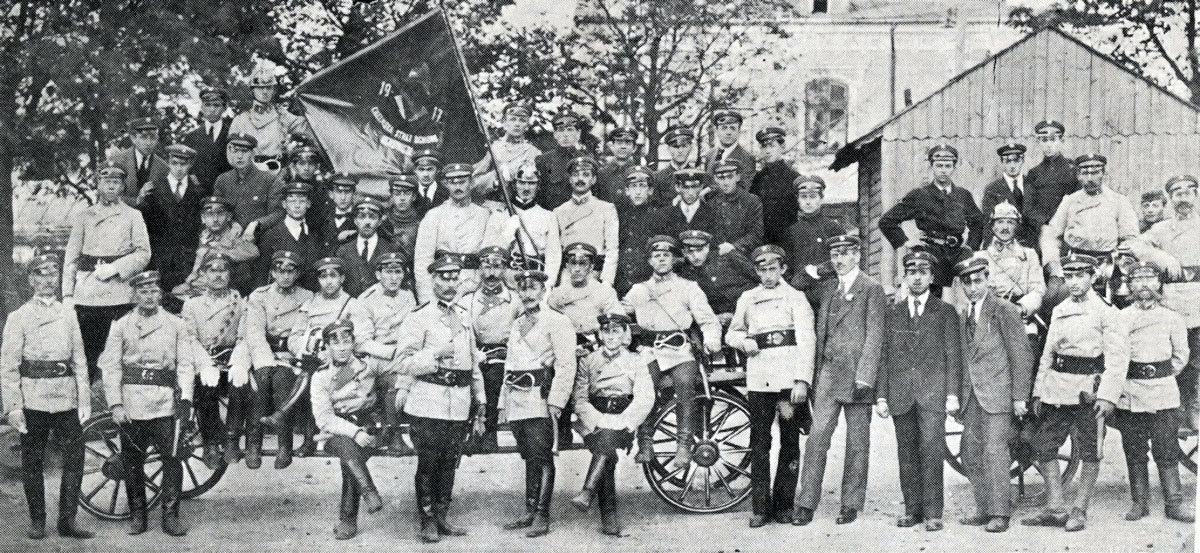The city of Chełm lies by the banks of the Ochrza River, a tributary of the Bug, in eastern Poland, not far from Lublin. It seems that as early as the beginning of the 13th century, when Chełm was still under Ukrainian rule, a Jewish community had already established itself within the city. During the 14th century Chełm became part of the Kingdom of Poland. During the 16th century, the city experienced major growth and developments, notably in commerce and transportation. At this time, the Jewish community of Chełm was one of the largest and most important Jewish communities in the Kingdom of Poland. Jews filled central financial roles and were active in the economic development of the city; among other positions, they served as customs officials, as tax collectors for the civil authorities, and as money lenders for the various churches in the city – both for the Catholic Church and the Orthodox Church.
Yad Vashem Photo Archives, 8710/1
During the next few centuries military invasions and war brought a halt to the city’s development. In a series of pogroms targeting the Jewish residents of the city during the 17th century, among them the Khmelnitsky Pogrom, the Jewish community in the city was severely harmed but recovered rapidly. They returned to full financial activity and representatives from Chełm were active in the Council of Four Lands – the organization of Polish Jews at this time.
When Poland was partitioned, at the end of the 18th century, Chełm became part of Austria for a number of years. Yet for most of the 19th century the city was under the control of Czarist Russia. The city continued to develop, but due to Polish rebellions, the Russian authorities employed repressive measures to control the Polish residents of the city, thereby destabilizing the economy. There was a rise in antisemitism during this period.
After the First World War, with the creation of an independent Polish state, Chełm was again included within the boundaries of Poland. During the early interwar years the city enjoyed rapid development, notably in building and industry, but this upward trend was cut short by the international financial crisis of the 1930s.
The Jews of Chełm earned their living from industry and trade. Many of them bought and sold farm animals, others traded in pelts and hides, many other Jews worked as tanners. In addition, the city was home to a number of Jewish-owned printing presses.
Three Jewish banks operated in Chełm, although one of them operated only very briefly before going out of business. A trade bank catered mostly to the affluent Jews, while the Jewish Volksbank (People’s Bank) operated as a cooperative bank until the Second World War. The Volksbank provided loans at low interest rates for small merchants and manufacturers, thereby helping many of them survive the great financial crisis of the 1930s.
On the eve of the Second World War, the civil authorities in Chełm were planning a renovation of the city’s streets, particularly the main street. This street contained many shops owned by Jews, and was use as a meeting place both by the Jewish youth in Chełm and by the antisemites of the city. The municipality began implementing its renovation plan, thereby deflecting trade from the Jewish businesses. Jewish institutions whose offices were located on the street were also severely disadvantaged – among them the offices of the Jewish community, the offices of several Jewish newspapers, the Jewish Culture House, the office of the Jewish Trade Union and a number of chapterhouses belonging to various Jewish parties. The renovation works were cut short by the outbreak of the Second World War.
In 1939 Chełm had 15,000 Jewish residents, nearly half of the total population of the city.
